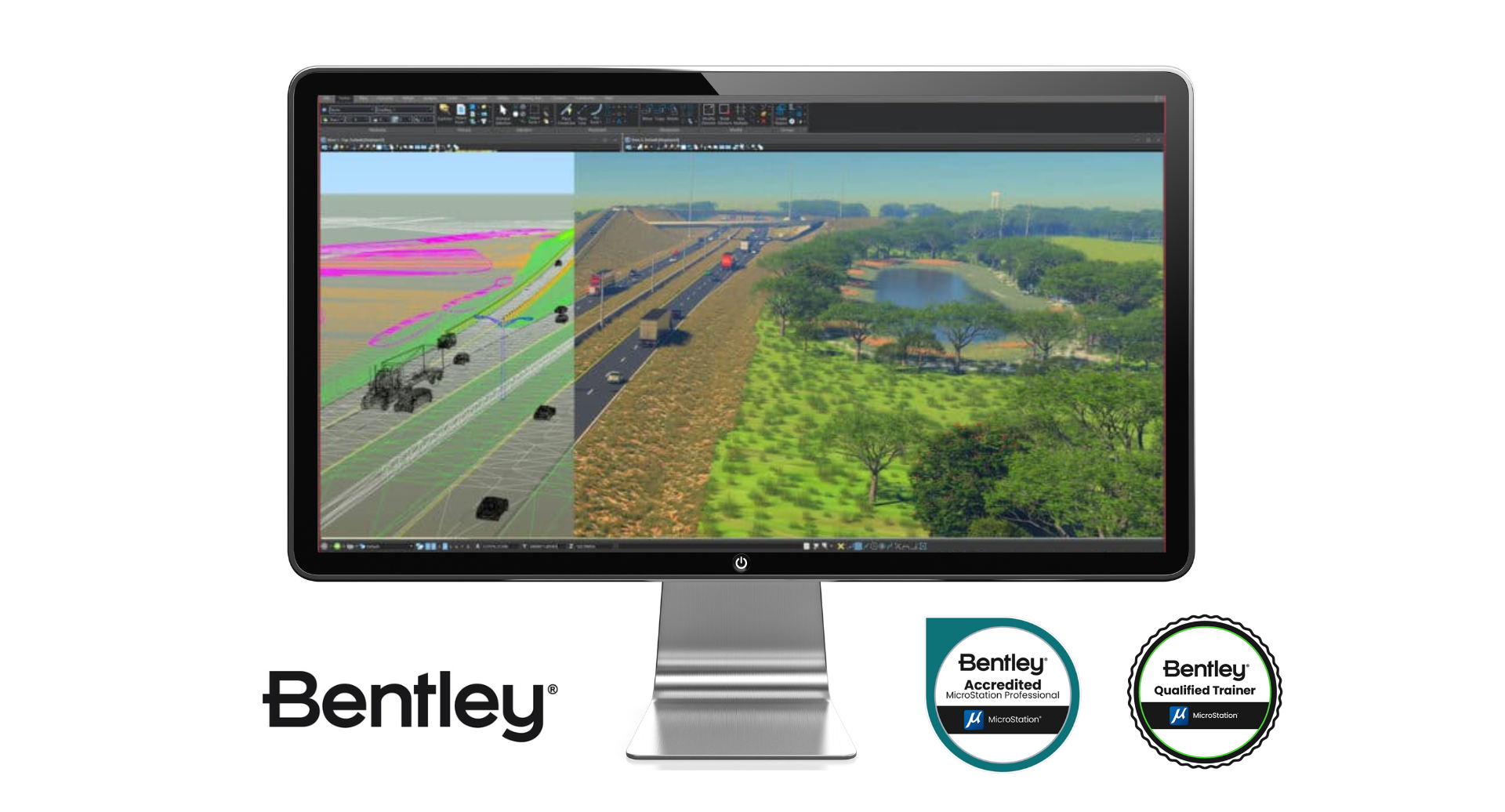July 30, 2025
Eric Schluter, Director of Design Services

If you work in civil or transportation design, chances are you’ve got a love-hate relationship with MicroStation. It’s one of the most powerful CAD platforms on the market, but let’s be honest—it can also be a major source of frustration when things don’t go as expected.
At 5 Factor, we work with engineering firms across Texas and beyond to untangle the mess and help teams use MicroStation the way it was meant to be used: consistently, efficiently, and in full compliance with DOT standards like TxDOT.
Here’s our take on the good, the bad, and yes—the ugly—when it comes toMicroStation. But more importantly, we’ll show you how to fix what’s broken and if you need more assistance, how we can help.
So how do you keep the good, avoid the bad, and eliminate the ugly?
Stop relying on tribal knowledge and YouTube tutorials. Structured training—tailored to how your firm works and the standards you follow—is the fastest path to consistency. New hires should never learn MicroStation by reverse-engineering old files.
From seed files and levels to plotting settings and annotation scales, your firm needs a consistent framework that mirrors DOT requirements and internal workflows.
Don’t reuse project files from 2016 and expect clean results. Old DGNs often carry legacy elements that conflict with current versions or agency standards.
When MicroStation issues come up, generic IT support often isn’t enough. Civil teams need help from people who understand CAD workflows, file structures, and design standards—otherwise, small problems can turn into big delays.
We’ve helped civil firms untangle messy MicroStation setups, build onboarding programs that actually work, and align workflows with DOT standards. From outdated templates to inconsistent file use, we know where teams get stuck—and how to fix it. As a certified training partner for Bentley, we focus on getting your tools running right and your team working with clarity and confidence - reach out today to learn more!